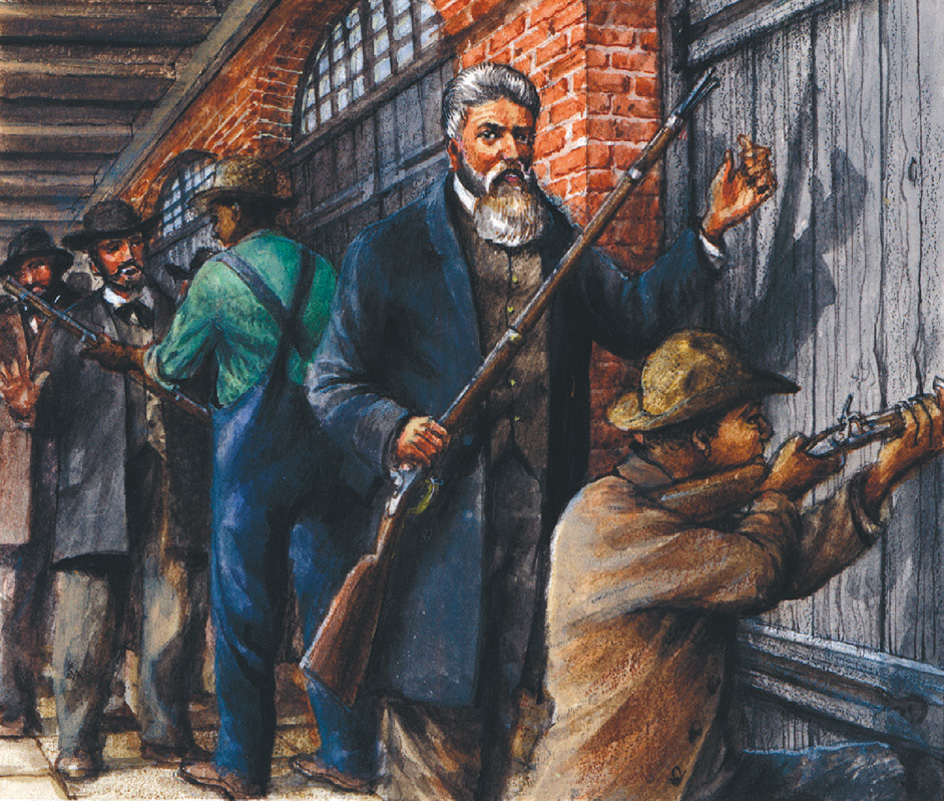Harpers Ferry (pop. 269) is a village in easternmost West Virginia. It lies on the Potomac River, 55 miles (89 kilometers) northwest of Washington, D.C. At Harpers Ferry, the Potomac meets the Shenandoah River. The village was named for Robert Harper. Harper purchased the site in about 1747 and later operated a ferry across the Potomac.

The United States government established a federal armory and arsenal at Harpers Ferry in 1796. The town was incorporated in 1852. It became a milling, manufacturing, and transportation center. It was made famous by John Brown’s raid in 1859. Brown and his followers tried to start a slave rebellion by seizing the federal arsenal at Harpers Ferry (see Brown, John ).
At the outbreak of the American Civil War (1861-1865), a small Union garrison destroyed buildings and supplies at the arsenal and withdrew. Confederate troops under General Joseph E. Johnston occupied Harpers Ferry from April to June 1861. Confederate forces then abandoned it. Union soldiers controlled the town until Sept. 15, 1862. Then General Stonewall Jackson captured it during General Robert E. Lee’s invasion of Maryland. After Lee’s defeat at Antietam, a Union garrison again took charge. During Lee’s Gettysburg campaign in July 1863, Confederate troops recaptured Harpers Ferry. Union troops took it back, however. It stayed in Union hands during most of the rest of the war.
In 1867, Storer College opened at Harpers Ferry for the education of freed slaves. The college remained in operation until 1955. A national historical park was established at Harpers Ferry in 1944.

See also West Virginia (Visitor’s guide) .
